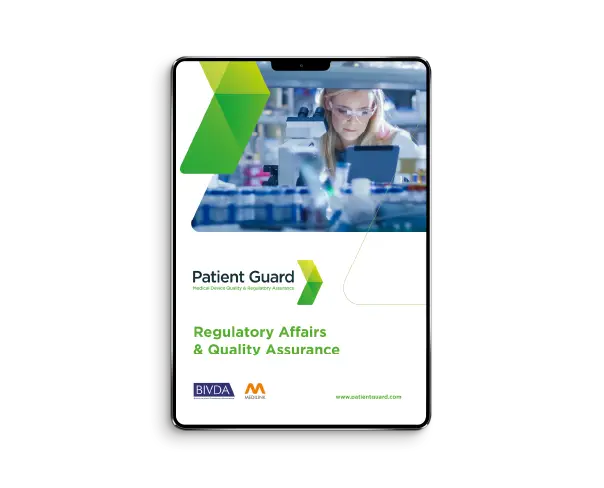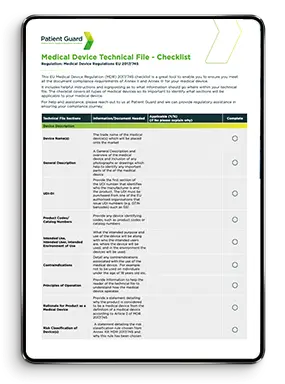What are Cosmetics?
Cosmetics encompass a diverse range of products designed to enhance appearance and boost confidence. Skincare products, including cleansers, moisturizers, and serums, are essential for maintaining healthy, radiant skin by providing hydration and protection. Makeup, such as foundation, lipstick, and eyeshadow, allows for creative expression and accentuates facial features. Hair care products, like shampoos, conditioners, and styling gels, promote healthy hair and help achieve various styles. Fragrances, including perfumes and body sprays, add a personal touch by offering a pleasant aroma that reflects individual preferences.
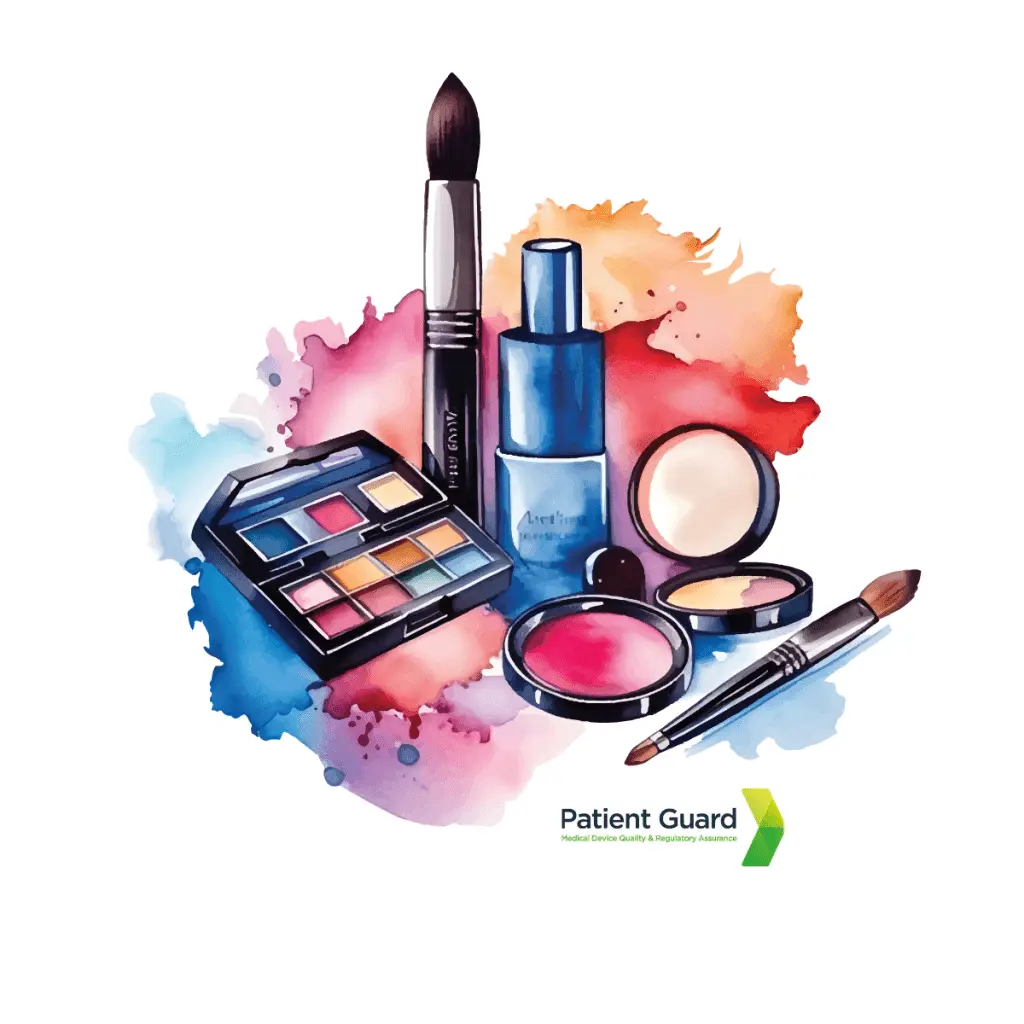
Why are cosmetics regulated?
Cosmetics are regulated to ensure the safety, quality, and efficacy of products used on the skin, hair, and body. Regulations prevent the inclusion of harmful ingredients, protect consumers from potential health risks, and ensure accurate labeling and claims. This oversight helps maintain public trust in the cosmetic industry and prevents the marketing of misleading or unsafe products. By enforcing standards for manufacturing, testing, and advertising, regulatory bodies safeguard consumers from adverse reactions and promote fair competition in the market. These regulations are crucial for consumer protection and confidence in the beauty and personal care industry.
Cosmetics Regulations in the EU
EU cosmetics regulations, primarily governed by the Cosmetics Regulation (EC) No. 1223/2009, establishes stringent standards to ensure the safety and quality of cosmetic products within the European Union. This regulation requires manufacturers to conduct rigorous safety assessments, including evaluations of ingredient safety and product stability, before products are allowed on the market. It also mandates the use of a centralized Cosmetic Product Notification Portal (CPNP) for transparency and traceability. The regulation prohibits certain harmful substances, enforces strict labeling requirements, and ensures that marketing claims are truthful and not misleading. By setting high safety standards, the EU aims to protect consumer health while promoting a consistent and competitive cosmetic industry across member states.
Cosmetics Regulations in the UK
Cosmetics regulations in the UK is governed by the UK Cosmetics Regulation, which mirrors the EU’s standards under the retained Regulation (EC) No. 1223/2009. Post-Brexit, the UK introduced its own regulatory framework while maintaining stringent safety and quality requirements for cosmetic products. Manufacturers must ensure that products are safe for use and free from banned substances. They must also conduct comprehensive safety assessments and adhere to strict labeling guidelines. All cosmetic products sold in the UK must be notified to the Office for Product Safety and Standards (OPSS) via the UK Cosmetic Product Notification Portal (UKCPNP). This regulation helps protect consumers by ensuring high safety standards and providing transparency in the cosmetics market.
Product Information Files (PIFs)
A Cosmetic Product Information File (PIF) is a critical document required by cosmetics regulations in many regions, including the EU and UK. It contains comprehensive information about a cosmetic product, such as its formulation, safety assessment, manufacturing process, and labeling details. The PIF includes a safety report, which evaluates the potential health risks associated with the product and ensures it is safe for use. It also provides detailed information on the ingredients, including their properties, concentrations, and any potential allergens. This file must be readily accessible to regulatory authorities and kept up-to-date for as long as the product is on the market. The PIF plays a vital role in ensuring product transparency, compliance, and consumer safety.
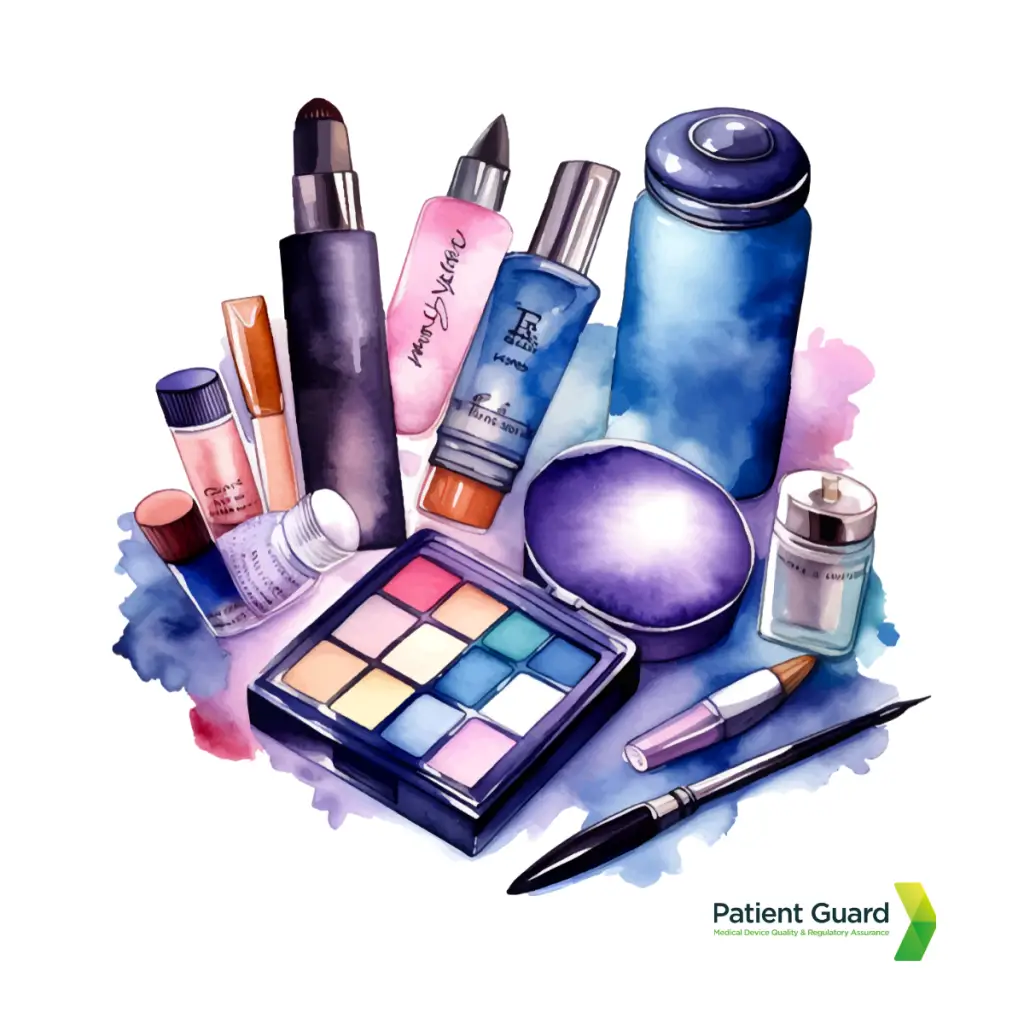
Cosmetic Product Safety Report (CPSR)
A Cosmetic Product Safety Report (CPSR) is a mandatory document that assesses the safety of a cosmetic product before it is marketed. It is a key component of the Product Information File (PIF) and is required by regulations in many regions, including the EU and UK. The CPSR is divided into two main parts: the cosmetic product safety information and the cosmetic product safety assessment. The first part includes detailed data on the product’s ingredients, formulation, microbiological quality, and potential risks. The second part is an expert evaluation conducted by a qualified safety assessor who reviews all the data to conclude whether the product is safe for use. This thorough assessment ensures that cosmetic products do not pose health risks to consumers under normal or foreseeable conditions of use.
Cosmetics Good Manufacturing Practice (GMP)
Cosmetics Good Manufacturing Practice (GMP) refers to the guidelines and standards that ensure cosmetic products are consistently produced and controlled according to quality standards. It covers all aspects of production, from the sourcing of raw materials to the manufacturing, packaging, and storage processes. Adhering to GMP minimizes risks such as contamination, mislabeling, and inconsistencies in product quality, thereby ensuring the safety and effectiveness of cosmetics. In the EU, compliance with GMP is mandatory under the Cosmetics Regulation (EC) No. 1223/2009, and it is often aligned with the international standard ISO 22716. By following GMP, manufacturers demonstrate their commitment to high-quality production processes and help protect consumers from potential harm.
Cosmetic Product Testing
Cosmetic product testing requirements are designed to ensure the safety, quality, and efficacy of products before they reach consumers. Testing typically involves a range of assessments, including microbiological testing to check for harmful bacteria, stability testing to ensure the product remains effective over its shelf life, and compatibility testing to ensure the product is safe for its intended packaging. Additionally, safety assessments evaluate potential skin irritation or allergic reactions. In many regions, animal testing for cosmetics is banned or highly restricted, leading to the use of alternative methods like in vitro testing and computer modeling. These stringent testing requirements help prevent adverse health effects and ensure that cosmetic products meet regulatory standards for consumer safety.
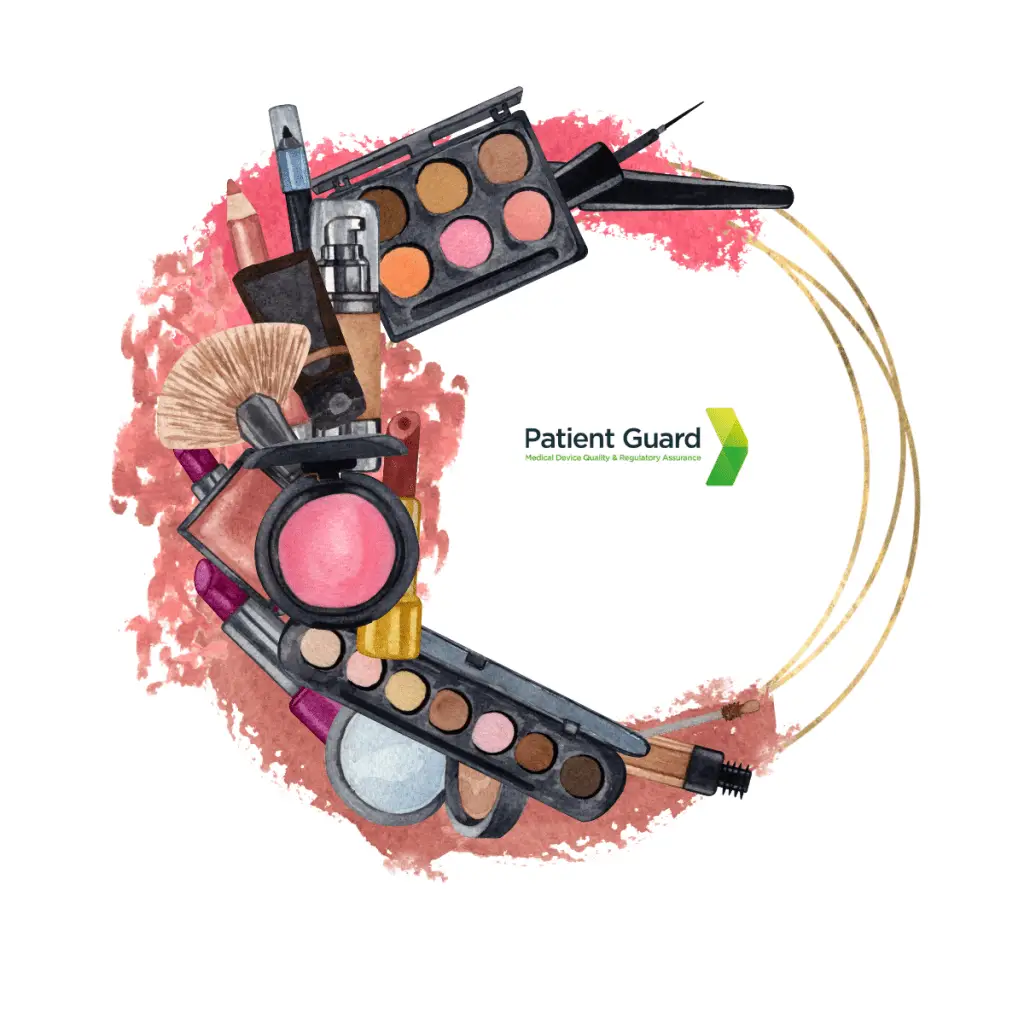
EU Cosmetics Responsible Person
The EU Cosmetics Regulation (EC) No. 1223/2009 requires that every cosmetic product placed on the EU market has a designated Responsible Person (RP). The RP is a legal or natural entity based in the EU who ensures compliance with the regulation. Their responsibilities include ensuring that the product is safe, maintaining the Cosmetic Product Information File (PIF), and making it available to authorities upon request. The RP also handles product notifications through the Cosmetic Product Notification Portal (CPNP) and serves as the primary contact for addressing regulatory concerns, product recalls, or adverse effects. This role is crucial for consumer safety, as it ensures that all cosmetics meet high regulatory standards before reaching the market.
UK Cosmetics Responsible Person
In the UK, following Brexit, every cosmetic product sold must have a designated Responsible Person (RP) to ensure compliance with the UK Cosmetics Regulation. The RP can be a legal entity or individual based in the UK and is responsible for the product’s safety, quality, and regulatory adherence. Their duties include maintaining the Cosmetic Product Information File (PIF), ensuring product safety through thorough assessments, and submitting product notifications to the UK Cosmetic Product Notification Portal (UKCPNP). The RP acts as the primary contact for authorities regarding compliance issues, product recalls, or adverse reactions. This role is essential for maintaining consumer safety and regulatory transparency in the UK cosmetics market.
FAQs
Cosmetic products are substances or mixtures intended to be applied to external parts of the body (e.g., skin, hair, nails, lips) or teeth for cleaning, perfuming, changing appearance, protecting, or keeping them in good condition.
- EU Definition: Regulated under Regulation (EC) No 1223/2009.
- UK Definition: Post-Brexit, regulated under the UK Cosmetic Products Regulation 2013 (as amended).
Key insight: If a product claims therapeutic or medical benefits, it may fall under medical device or medicinal product regulations instead.
Cosmetics in the EU must comply with Regulation (EC) No 1223/2009, which requires:
- Safety Assessment: Conducting a cosmetic product safety report (CPSR).
- Product Information File (PIF): Maintaining documentation for each product.
- Notification: Submitting information to the Cosmetic Products Notification Portal (CPNP).
- Labeling: Meeting specific labeling requirements.
- Responsible Person (RP): Designating an RP based in the EU.
Why it matters: These steps ensure that products are safe for consumers and compliant with EU laws.
In the UK, cosmetics are regulated under the UK Cosmetics Regulation. Requirements include:
- UK Responsible Person (RP): A person or entity based in the UK responsible for compliance.
- Notification: Submitting product details to the UK Submit Cosmetic Product Notification (SCPN) portal.
- Safety Assessment: Conducting a CPSR.
- Labeling: Meeting UK-specific requirements, including UK RP contact details.
Key takeaway: Post-Brexit, EU and UK compliance processes are separate but similar.
The RP is a legal requirement in both the EU and UK. Their responsibilities include:
- Ensuring product compliance with regulations.
- Maintaining the Product Information File (PIF).
- Communicating with authorities in case of safety concerns.
- Acting as the main contact point for regulatory bodies.
Pro tip: Partnering with an experienced RP simplifies compliance and ensures regulatory readiness.
The PIF is a comprehensive document that includes:
- Product description.
- Cosmetic Product Safety Report (CPSR).
- Manufacturing process details.
- Evidence of claimed effects.
- Labeling and packaging information.
Why it matters: Authorities may request the PIF during audits or inspections, and non-compliance can result in fines or product recalls.
Cosmetic products must have clear and compliant labels. Requirements include:
- Product name and intended use.
- Full ingredient list (using INCI nomenclature).
- Warnings and precautions for use.
- Batch number or code for traceability.
- Manufacturer or RP name and address (EU or UK, depending on market).
- Nominal content (weight or volume).
- “Period after opening” (PAO) or expiration date.
Tip for manufacturers: Ensure labels meet language requirements for the country where the product is sold.
A CPSR is a mandatory document that evaluates the safety of a cosmetic product. It includes:
- Part A: Product composition, toxicological profile, and potential risks.
- Part B: Overall safety assessment and conclusions.
Key insight: A qualified safety assessor, such as a toxicologist, must prepare the CPSR.
Cosmetics undergo various evaluations, including:
- Stability testing: Ensures the product remains safe and effective over time.
- Microbiological testing: Confirms the product is free from harmful microorganisms.
- Claims substantiation: Verifies the product performs as advertised (e.g., “moisturizing” or “anti-aging”).
Best practice: Testing must follow Good Manufacturing Practices (GMP) standards.
No. Animal testing for cosmetics and cosmetic ingredients is banned in both the EU and UK. Manufacturers must use alternative testing methods to demonstrate product safety.
Key takeaway: Compliance with the ban is non-negotiable for accessing the EU and UK markets.
Non-compliance can result in:
- Product recalls or market bans.
- Legal action or fines from regulatory authorities.
- Reputational damage to your brand.
Why it matters: Working with regulatory experts ensures you avoid costly mistakes.
Yes! Patient Guard offers comprehensive support for cosmetic compliance in both the EU and UK, including:
- Acting as your EU or UK Responsible Person.
- Assisting with PIF preparation and safety assessments.
- Guiding you through CPNP and SCPN notifications.
- Providing labeling and claims compliance reviews.
Why choose Patient Guard: With extensive regulatory expertise, we help ensure your products meet all requirements for smooth market access.

